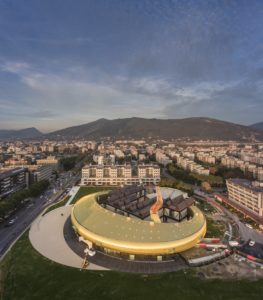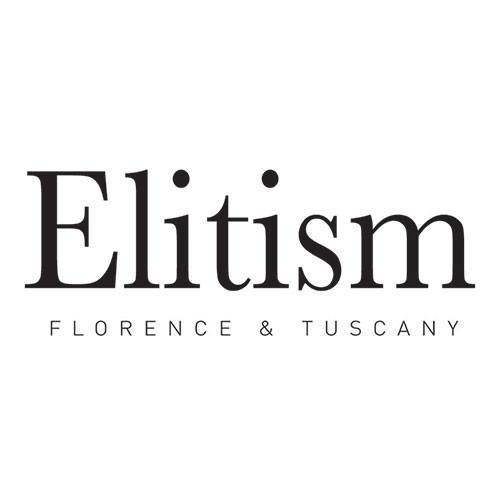“Since its opening in 1988, it has produced a vast number of exhibitions and educational schemes, carried out activities of contemporary art documentation, and hosted numerous theatrical and multimedia events.“
The Centro per l’Arte Contemporanea Luigi Pecci is the first Italian institution which has been built from scratch to present, collect, document and promote the most advanced artistic research. Since its opening in 1988, it has produced a vast number of exhibitions and educational schemes, carried out activities of contemporary art documentation, and hosted numerous theatrical and multimedia events. It has built up a collection of over 1000 works which map artistic trends from the ‘sixties up to the present day: painting, sculpture, cinema and video, installations, works on paper, artist books, photographs, graphic art, applied arts and commissioned projects.
In 2016 the Centro Pecci reopens after the completion of the futuristic spaceship-shaped extension by the Rotterdam-based Indonesian architect Maurice Nio, and of the renovation of the original building designed by the Rationalist architect Italo Gamberini.
Today, in addition to approximately 3000m2 of exhibition spaces, the complex hosts the CID/Visual Arts archive and specialized library, with its heritage of 60,000 or so books and other items; the cinema– auditorium; the bookshop; the restaurant and the bistro; the open-air theatre.
TWO MUSEUMS ONE CENTRE
At a quick glance, the extension to the Centro Pecci designed by Maurice Nio seems to be summarized by a single, immediately recognizable gesture, provocatively distinct from the building to which it is joined. A brass-coloured curved metal body, a sort of great arch suspended above the ground, embraces and almost hides the old museum designed by Italo Gamberini, the last exponent of the happy season that characterized the search for modernity in Tuscan architecture. The new circular movement proposed by Maurice Nio actually drew inspiration from the design of the park that surrounded the original museum, accompanying visitors to see the works of art at that time displayed outside.
Maurice Nio had chosen a strongly evocative title for the building: “Sensing the Waves”. This is suggestive of its receptive function (almost like a transmitter), capable of picking up and broadcasting the vibrations of present times. The project is based on a systematic rethinking of expositive features which are manifested externally through the creation of an unexpected and unusual object which is open to multiple interpretations.
Nio’s project enters into dialogue with the museum by Gamberini, without reducing the discussion to a simple display of diversity.: defining itself into a strictly functional plan that took account of requirements concerning accessibility, circulation, routes and the relationship with the city, recognized as critical points of the previous design by Gamberini.
Therefore opens up to the idea of a museum and cultural centre which is much more complex and aware of its necessary changeability. It is a question of establishing a fragment of the contemporary city.
Centro per l’Arte Contemporanea Luigi Pecci – Viale della Repubblica 277 Prato


